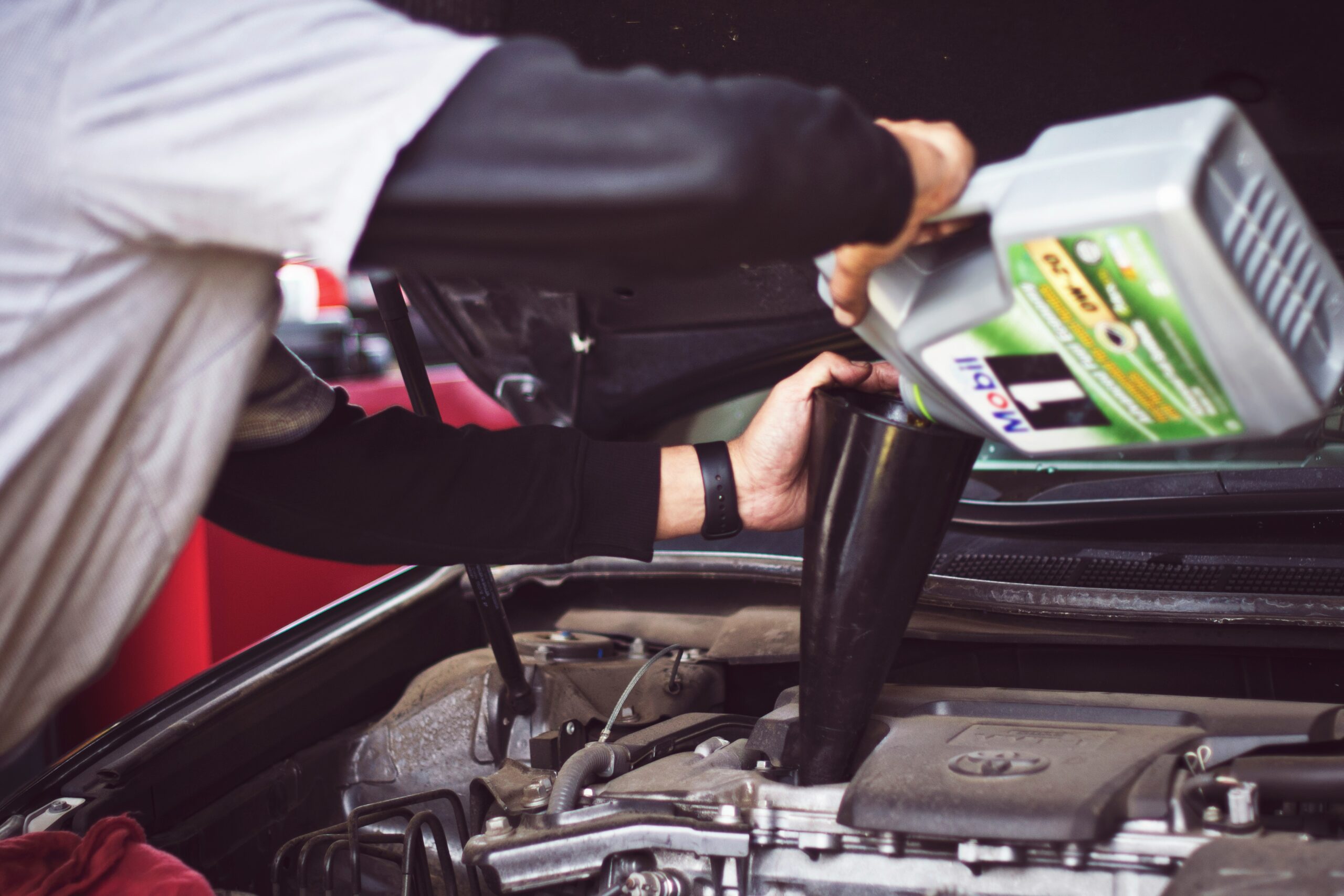When buying a used car, a thorough inspection is key to ensuring you’re making a sound investment. Whether you’re purchasing from a dealership or a private seller, these steps will help you determine if the car is worth your money.
1. Do Your Homework
Before inspecting the car, research the vehicle’s make, model, and year. Check reviews, common issues, and reliability ratings. Use tools like Carfax or AutoCheck to review the car’s history for any red flags, such as accidents or odometer tampering.
2. Inspect the Exterior
Look for:
• Paint and Body: Check for scratches, dents, rust, and mismatched paint (which could indicate repairs).
• Gaps in Panels: Uneven gaps might suggest prior accidents.
• Windows and Lights: Ensure there are no cracks, chips, or foggy lenses. Test all lights and indicators.
Pro Tip: Use a magnet to check for hidden bodywork repairs. If the magnet doesn’t stick evenly, there may be filler underneath.
3. Check the Tires
• Look for even tread wear. Uneven wear could indicate poor alignment or suspension issues.
• Ensure all four tires are the same brand and model for consistent performance.
• Check the spare tire and tools.
4. Under the Hood
Even if you’re not mechanically inclined, basic checks can reveal a lot:
• Fluids: Check oil (golden brown or black is normal, but milky could indicate engine issues), coolant (bright green or orange, not dirty), and brake fluid.
• Belts and Hoses: Ensure they aren’t cracked, frayed, or excessively worn.
• Battery: Look for corrosion and test the voltage if possible.
Tip: Bring along a trusted mechanic if you’re unsure about what to look for.
5. Inspect the Interior
• Seats and Upholstery: Look for stains, rips, or unusual wear.
• Electronics: Test all buttons, including windows, air conditioning, heating, radio, and any tech features.
• Odor: Be wary of moldy or musty smells, which could indicate water damage.
6. Test Drive
The test drive is one of the most critical steps. Pay attention to:
• Engine Performance: Smooth acceleration without jerking or hesitation.
• Braking: The car should stop smoothly without pulling to one side or making noise.
• Suspension: Listen for clunks or squeaks over bumps.
• Steering: Ensure it feels responsive, with no excessive play or vibrations.
Drive at different speeds and on varying road conditions to get a full sense of the car’s behavior.
7. Check the Undercarriage
Inspect underneath for signs of rust, leaks, or damaged parts. Pay attention to the exhaust system, which should not emit excessive smoke or unusual smells.
8. Confirm the Mileage
Compare the odometer reading to the car’s history report and look for signs of tampering (e.g., worn pedals in a low-mileage car).
9. Verify the Paperwork
• Ensure the VIN (Vehicle Identification Number) on the car matches the title and records.
• Review the title status: Avoid salvage or rebuilt titles unless you’re prepared for potential issues.
• Ask for maintenance records to ensure the car has been properly serviced.
10. Bring in a Mechanic for a Pre-Purchase Inspection (PPI)
For peace of mind, invest in a professional inspection. A trusted mechanic can identify hidden issues that might not be obvious during your checks.
Bonus Tips
• Negotiate wisely: Use any flaws or upcoming repairs as leverage to negotiate the price.
• Avoid rushing: Take your time and don’t let the seller pressure you.
• Look up the car’s market value using tools like Kelley Blue Book or Edmunds to ensure you’re paying a fair price.
By following these steps, you’ll have a much better chance of finding a reliable used car that fits your needs and budget. Remember, a little diligence now can save you from expensive headaches down the road.
Looking for more tips on buying and selling vehicles? Check out other helpful resources on the Autowurx blog!
